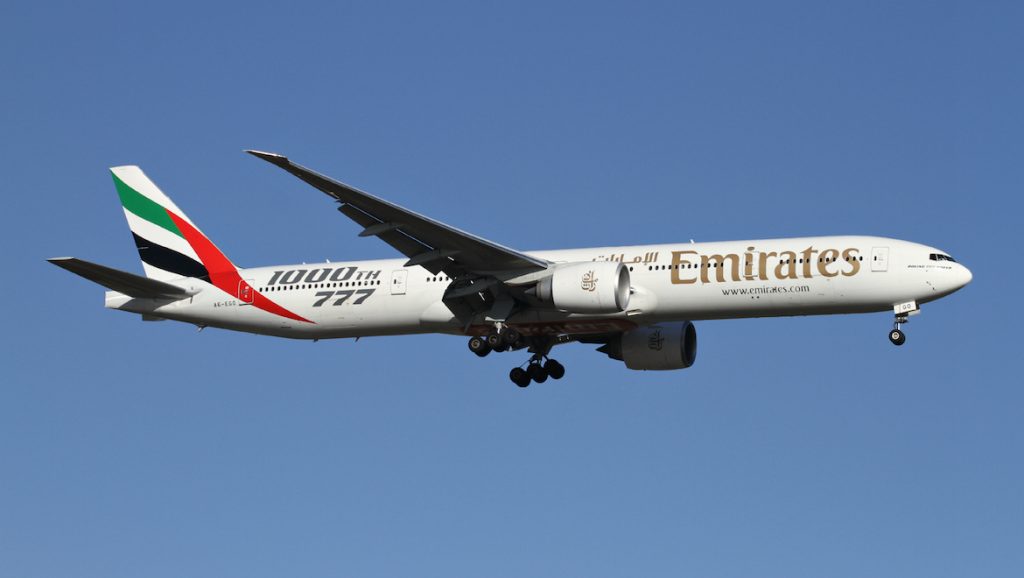
Dubai-based airline Emirates posted its first loss in more than three decades on Thursday, saying it had been badly hit by the coronavirus lockdown that brought air transport to “a literal standstill”.
The Middle East’s largest carrier said it suffered a $3.4 billion loss in the six months to September, prompting its parent group to slash its workforce by a quarter.
“In this unprecedented situation for the aviation and travel industry, the Emirates Group recorded a half-year loss for the first time in over 30 years,” the airline’s chairman and chief executive, Sheikh Ahmed bin Saeed Al Maktoum said in a statement.
“No one can predict the future, but we expect a steep recovery in travel demand once a COVID-19 vaccine is available, and we are readying ourselves to serve that rebound.”
The last time the airline reported a loss was in the 1987-88 financial year when it was starting up its operations.
The airline, which resumed flights in May after a suspension of almost two months, saw revenue fall 75 per cent to $3.2 billion. Over the half-year, it carried just 1.5 million passengers, down 95 per cent from the same period last year.
The carrier said that its bottom line found some support with a “strong cargo business” as it repurposed its fleet to accommodate the need for supplies around the globe, including medical equipment.
“As passenger traffic disappeared, Emirates and (air services arm) dnata have been able to rapidly pivot to serve cargo demand and other pockets of opportunity,” Sheikh Ahmed said.
“This has helped us recover our revenues from zero to 26 per cent of our position the same time last year.”
Before the pandemic hit, Emirates served a global network spanning over 158 destinations in 84 countries. Currently, it flies to 99 destinations.
Painful layoffs
Like other major carriers, Emirates has announced several rounds of layoffs but has not disclosed exact numbers.
In Thursday’s statement, it said that the Emirates Group’s employee base — which includes ground-handling firm Dnata—”is substantially reduced by 24 per cent to an overall count of 81,334.”
“This is in line with the company’s expected capacity and business activities in the foreseeable future and general industry outlook,” it said.
Before the virus hit, Emirates alone employed some 60,000 staff, including 4,300 pilots and nearly 22,000 cabin crew.
Tourism has long been an economic mainstay of Dubai, which welcomed more than 16 million visitors last year. Before the pandemic, the aim was to reach 20 million this year.
Dubai is now largely open again for business and tourism, but infection rates have been high in recent months.
The International Air Transport Association said in April that air traffic in the Middle East and North Africa is set to plummet by more than half due to the health crisis.
Both Emirates and Abu Dhabi-based carrier Etihad have said passenger demand may not return to pre-coronavirus levels until 2023.
Other regional airlines have suffered, and both Emirates and Qatar Airways have said they each received $2 billion in state aid.
Qatar Airways in September also posted huge annual losses as a result of the pandemic, a boycott by Gulf neighbors, and the liquidation of 49 per cent-owned Air Italy — which announced its bankruptcy in February.
The Doha-based flag carrier maintained a core network of routes globally at the height of the first wave of coronavirus, becoming the preferred airline for several governments to repatriate their citizens when other airlines grounded their fleets.
But that business and additional cargo work were not enough to lift the carrier out of the red.
Article courtesy of Airlinerwatch










